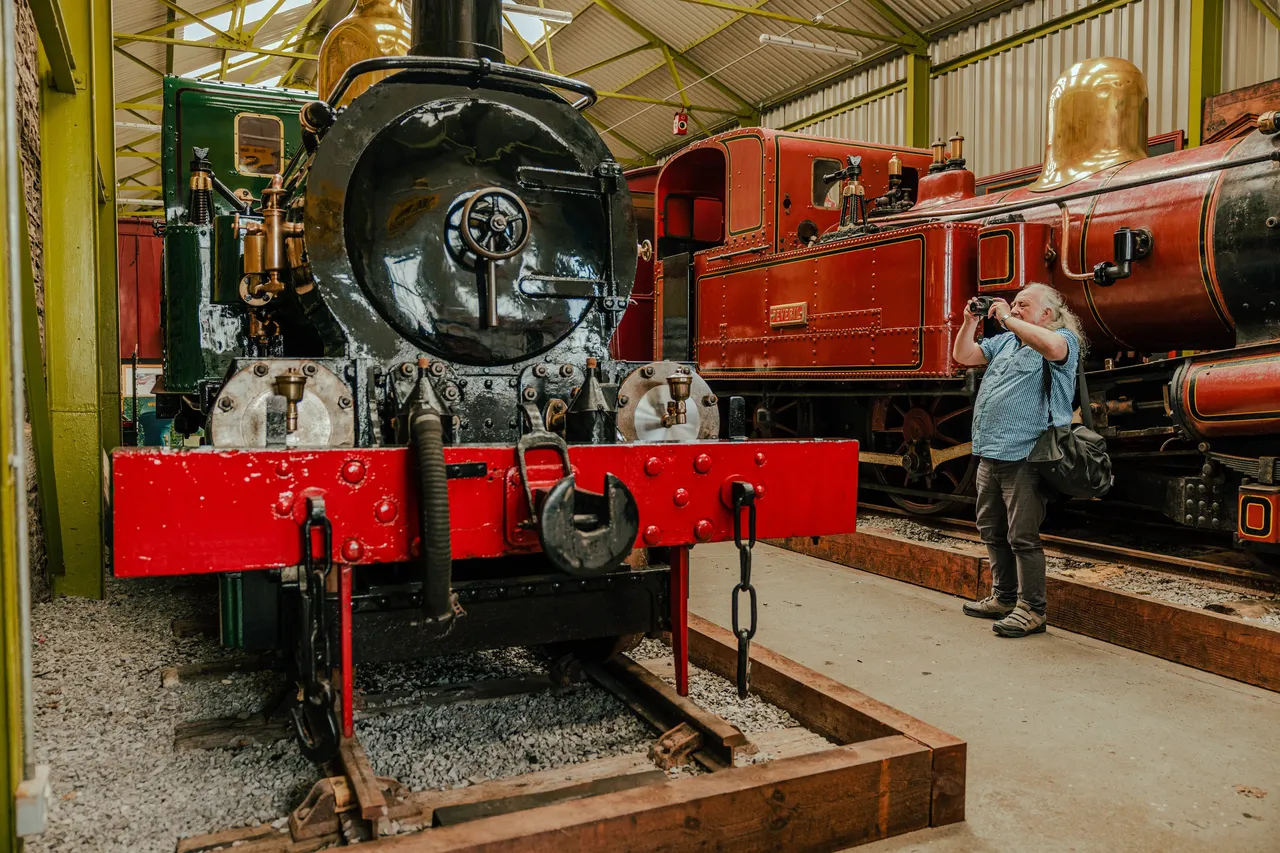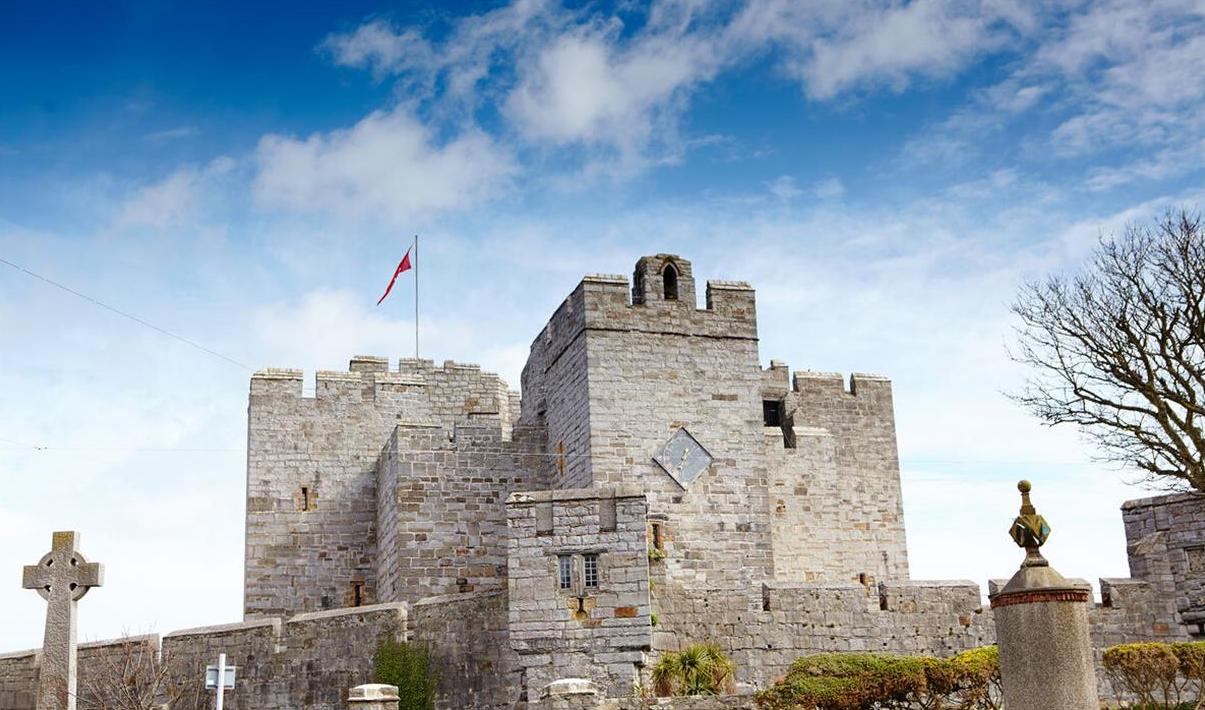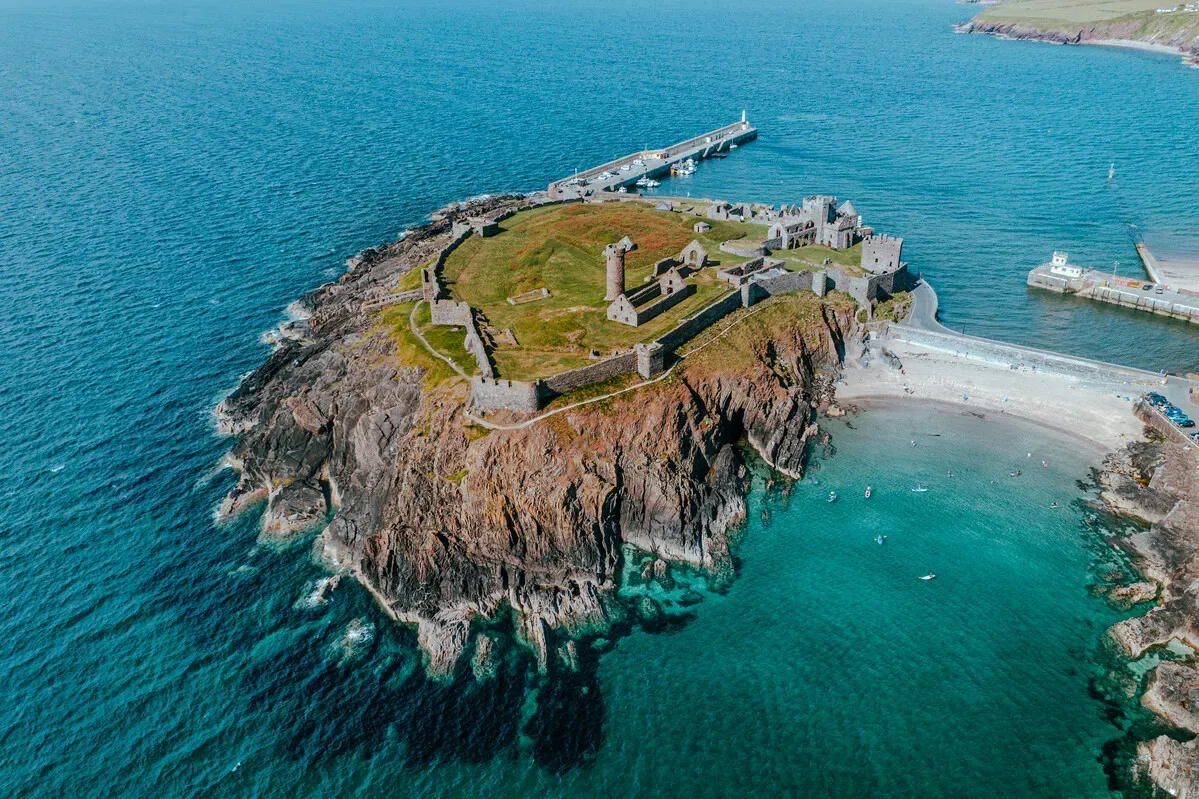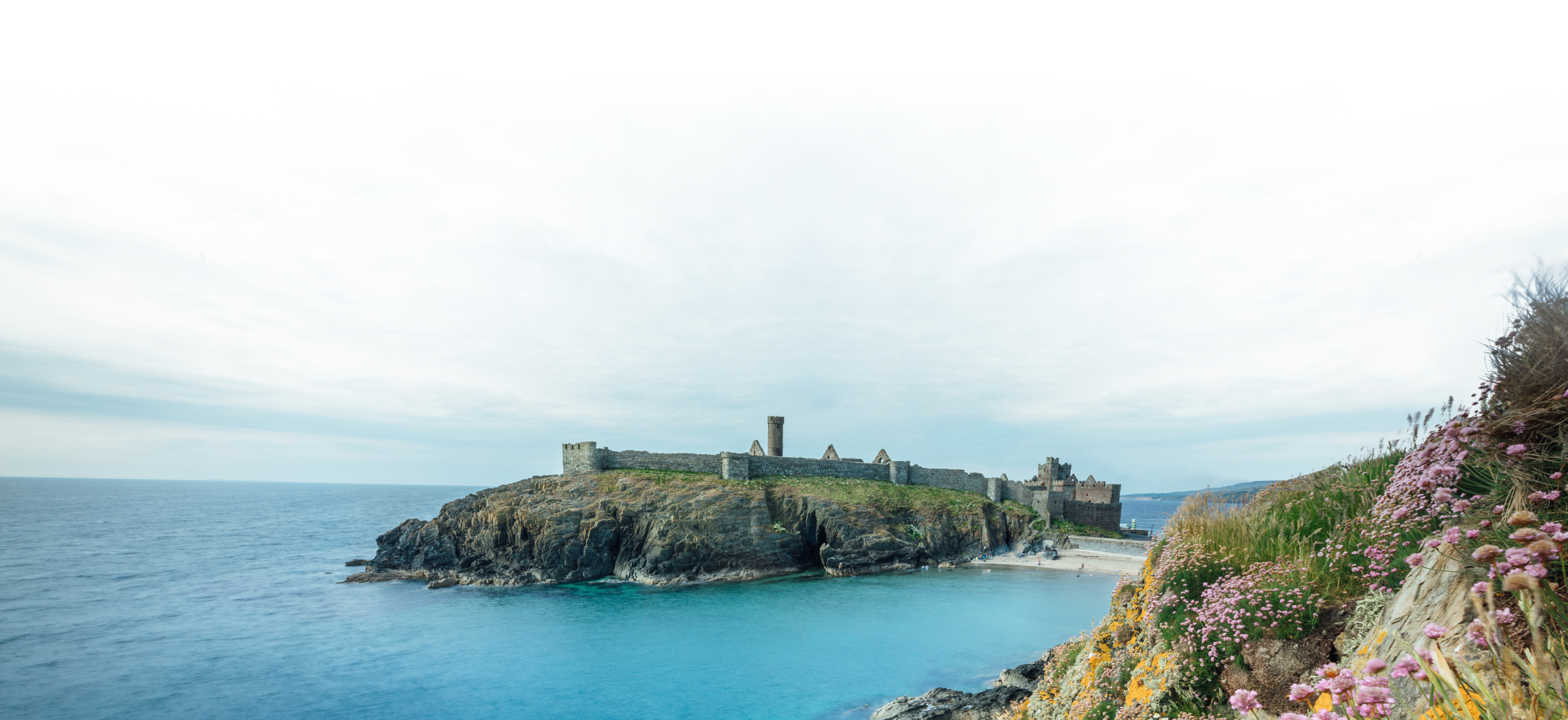Blog
The Isle of Man Steam Packet Company Blog shares insights, updates, inspiration, island events, travel tips, and maritime history for travelers
Filter


The Best Christmas Markets On The Isle of Man
15 December 2025


The best shops on the Isle of Man
15 December 2025


Free Things To Do On The Isle of Man
15 December 2025


The Best Swimming Pools on the Isle of Man
28 November 2025


Best Indoor Activities on the Isle of Man
28 November 2025


The 10 Best Pubs and Bars on The Isle of Man
28 November 2025


Jay Taylor - Progress update on his OOW training
27 November 2025


Why Manxman is the best choice
17 November 2025


Sail, Sip, & Relax: Steam Packet Holidays teams up with Kiki Lounge
7 November 2025


Independent Duke of Edinburgh’s Award Group - Gold Expedition to the Lake District
24 October 2025


The Best Museums on the Isle of Man
23 October 2025


Best Things to do in Douglas, Isle of Man
23 October 2025


Are There Wallabies On The Isle of Man?
23 October 2025


Things To Do in Castletown, Isle of Man
5 September 2025


The Isle of Man vs Jersey vs Guernsey
4 September 2025

Get the latest deals and offers
Join our mailing list to receive early-bird offers, exclusive deals and travel inspiration.


